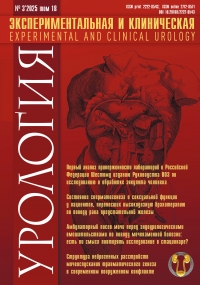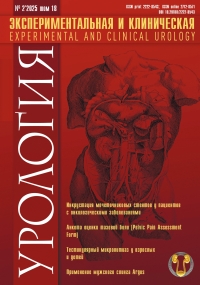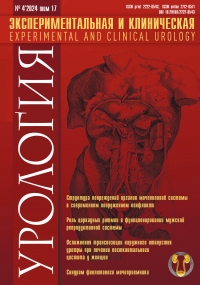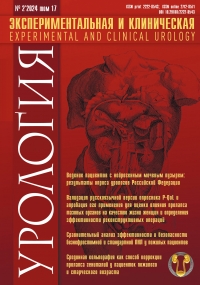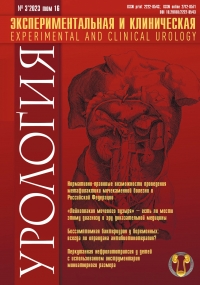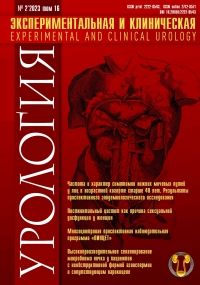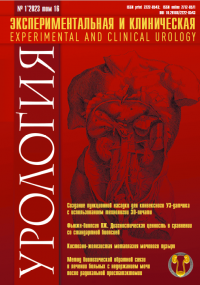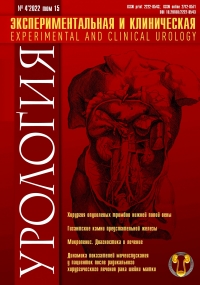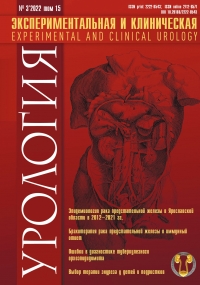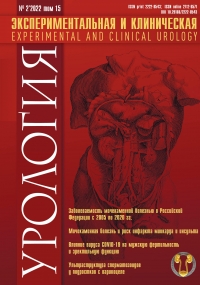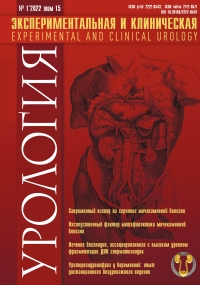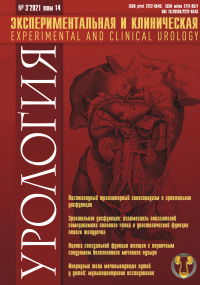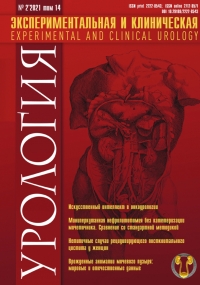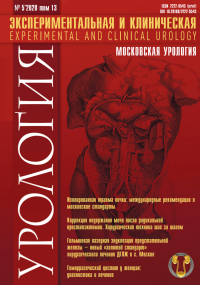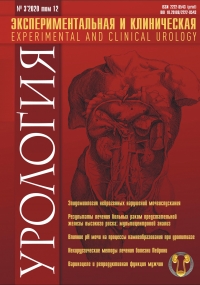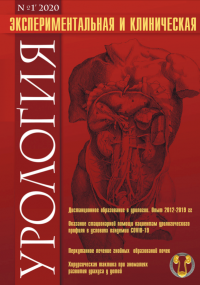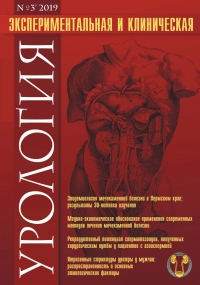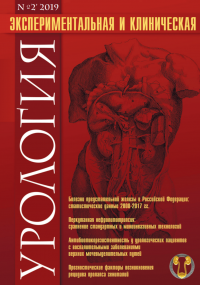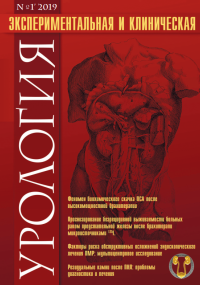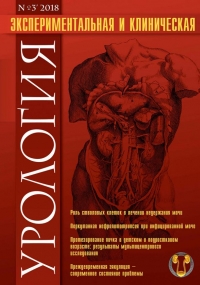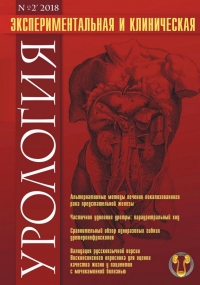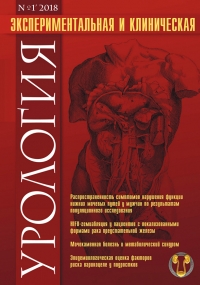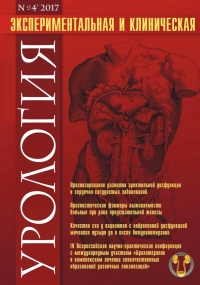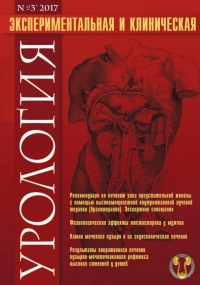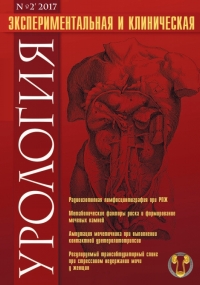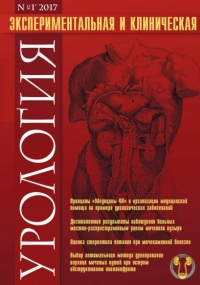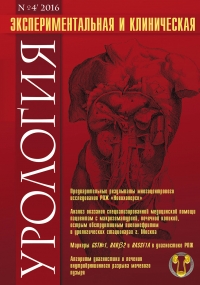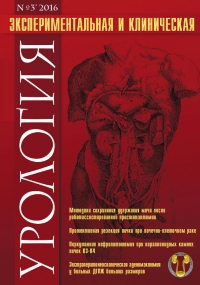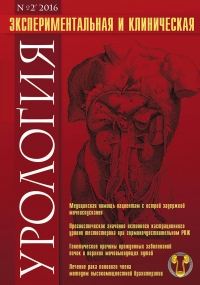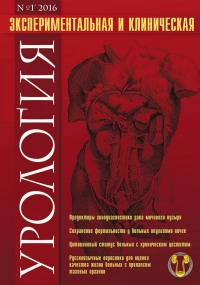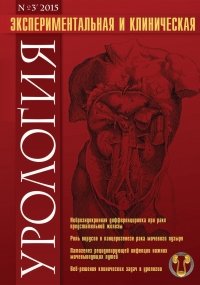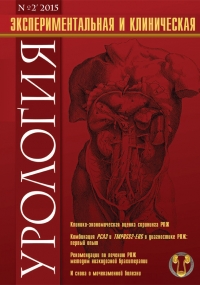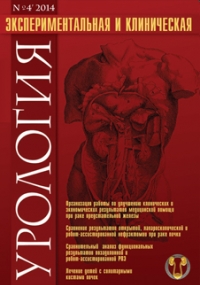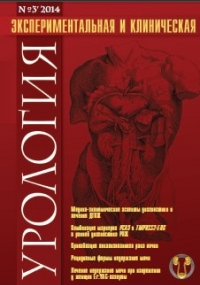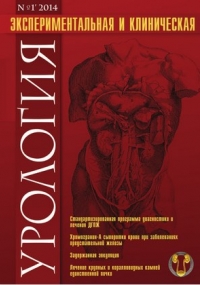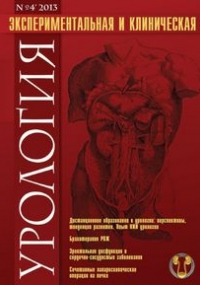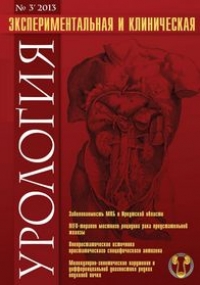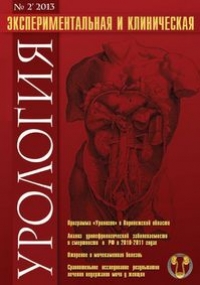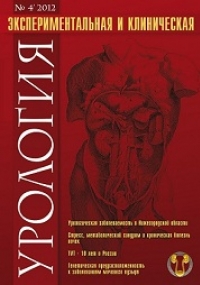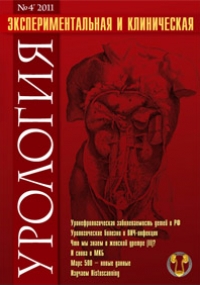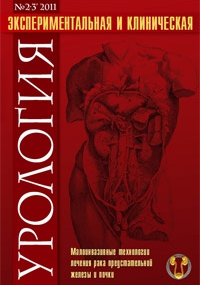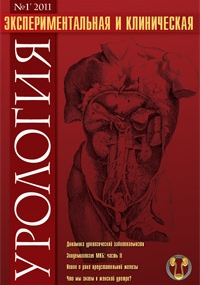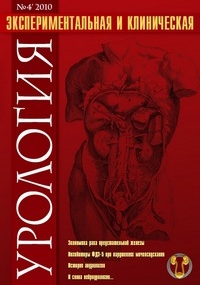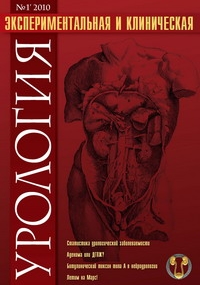Vascular erectile dysfunction: a comprehensive approach to diagnosis DOI: 10.29188/2222-8543-2021-14-1-68-76
- Kamalov A.A. – Dr.Sc., Professor, Academician RAS, Director, Medical Research and Education Center of Lomonosov Moscow State University ,Head of the Department of Urology and Andrology Faculty of Fundamental Medicine, Lomonosov Moscow State University; Moscow, Russia; https://orcid.org/0000-0003-4251-7545
- Matskeplishvili S.T – Dr.Sc., Professor, Academician RAS. Vice-director, Cardiologist. Medical Research and Education Center of Lomonosov Moscow State University; Moscow, Russia; https://orcid.org/0000-0002-5670-167X
- Chaliy M.E. – Dr.Sc., Professor, Leading Research Scientist, Medical Research and Education Center of Lomonosov Moscow State University; Moscow, Russia
- Okhobotov D.A. − PhD, Urologist, Medical Research and Education Center, Lomonosov Moscow State University, Senior Lecturer, Department of Andrology and Urology, Faculty of Fundamental Medicine; Moscow, Russia; https://orcid.org/0000-0002-6768-9004
- Sorokin N.I. – Dr.Sc., Leading scientific researcher, scientific department of urology and andrology, Medical Research and Education Center of Lomonosov Moscow State University; Moscow, Russia; https://orcid.org/0000-0001-9466-7567
- Strigunov A.A. – PhD student at the Department of Urology and Andrology of the Faculty of Fundamental Medicine Lomonosov Moscow State University; Moscow, Russia
- Nesterova O.Yu. – resident physician at the Department of Urology and Andrology of the Faculty of Fundamental Medicine Lomonosov Moscow State University; Moscow, Russia
- Afanasyevskaya E.V. – PhD student at the Department of Urology and Andrology of the Faculty of Fundamental Medicine Lomonosov Moscow State University; Moscow, Russia; https://orcid.org/0000-0002-0161-6072
- Tivtikyan A.S. – PhD student at the Department of Urology and Andrology of the Faculty of Fundamental Medicine Lomonosov Moscow State University; Moscow, Russia
 1257
1257 Introduction. Erectile dysfunction (ED) combines many conditions leading to erectile dysfunction and disability to perform sexual intercourse. It was confirmed that the most common cause of ED is vascular disorders, primarily associated with atherosclerosis that leads to cardiovascular diseases.
Objective. To analyze the available literature data about the methods for diagnosis vascular ED, including according to cardiovascular system status.
Materials and methods. The results of the search in scientific databases Medline, EMBASE, Cochrane, Chinese BioMedical Literature Database, China National Knowledge Infrastructure, Elibrary.ru were analyzed. After a detailed verification of the reliability of sources, impact factors of journals and the sequence of presentation of the material, 63 most relevant scientific publications were selected directly for citation.
Results. The first step of the vascular ED diagnosis is the monitoring of nocturnal penile tumescences. Next, the risk factors for cardiovascular diseases and ED are evaluated: anamnesis of elevated blood pressure, physical activity, smoking, body weight, measurement of blood pressure, blood analysis with the lipid and glycemic profiles. For the diagnosis of endothelial dysfunction (END), the determination of flow-dependent vasodilation of the brachial artery is used, with the possible determination of the rate of blood filling after decompression. After the END is confirmed in patients with ED, it is useful to determine the vascular age using the SCORE scale. For further management of the patient with ED and END, stratification of the associated with sexual activity cardiovascular complications risk is recommended.
Conclusion. The proposed diagnostic algorithm will allow not only identify the vascular component of ED at an early stage, but also to avoid fatal cardiovascular complications by prescribing and recommending therapeutic and preventive measures to patients with asymptomatic cardiovascular diseases.
| Attachment | Size |
|---|---|
| Download | 2.13 MB |


